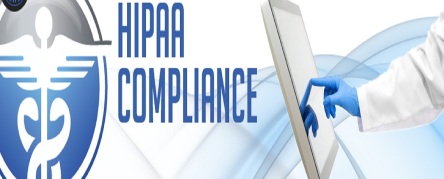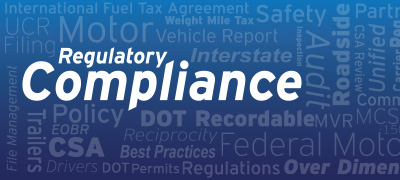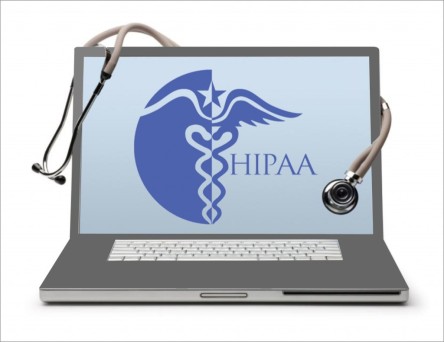It is imperative for any organization that is carrying out clinical research to have in place thoroughly and properly written and complete policies and procedures. These are the cornerstone for any well-functioning Institutional Review Board (IRB) and Human Research Protection Program (HRPP).

This is a requirement set out by the Office for Human Research Protections (OHRP), which is tasked with protecting the rights, welfare, and wellbeing of human subjects that are involved in research conducted or supported by the U.S. Department of Health and Human Services (HHS). OHRP is part of the Office of the Assistant Secretary for Health in the Office of the Secretary of HHS.
SOPs should be complete, compliant and up-to-date
Any IRB or HRPP has to have Standard Operating Procedures (SOPs) that are well-defined, clear and in compliance with regulatory requirements. These HRPP policies and procedures should be complete, approved, and up-to-date, and should cover all regulatory requirements.
Most often, organizations carrying out clinical studies falter at meeting these requirements. This happens due to insufficient knowledge of carrying out these procedures in accordance with regulatory requirements.

Learn the ways of getting IRB and HRPP requirements right
A webinar from MentorHealth, a leading provider of professional trainings for the healthcare industry, will offer learning on how to get the IRB and HRPP requirements right.
The speaker at this webinar, Peter Vasilenko, who is the President of his HRPP/IRB consulting company, Apex Ethical Services, LLC, will explain the proper ways by which to write SOPs that meet regulatory requirements, are clear and concise. In order to gain this understanding, all that you need to do is enroll for this webinar, which you can do by visiting
http://www.mentorhealth.com/control/w_product/~product_id=800972LIVE/?Wordpress-SEO
At this webinar, the speaker will explain regulatory requirements and the required guidance on written materials. He will also show how HRPP accreditation Standards can help with writing complete SOPs. He will also show how to include best practices. Peter will describe what SOP’s organizations should have in place based on their type of research, and the format and content of SOP’s.

Also covered is why SOPs should be periodically reviewed and revised, as well as how to use SOPs for IRB education. This session is of high value to professionals who develop or are developing their SOP’s, or are interested in reviewing and improving their existing SOPs, such as IRB personnel who are developing their IRB and HRPP policies and procedures, IRB personnel who want to review and improve their IRB and HRPP SOP’s to ensure regulatory compliance and comprehensive content, Institutional Officials, IRB Managers, IRB Administrators, IRB Coordinators and RB Chairs.
Peter will cover the following areas at this webinar:
- Regulatory requirements and guidance
- How accreditation Standards can help with your SOP’s
- What SOP’s should you have
- Format and content of SOP’s
- Periodic review and revision of SOP’s
- Using SOP’s for education.

















































